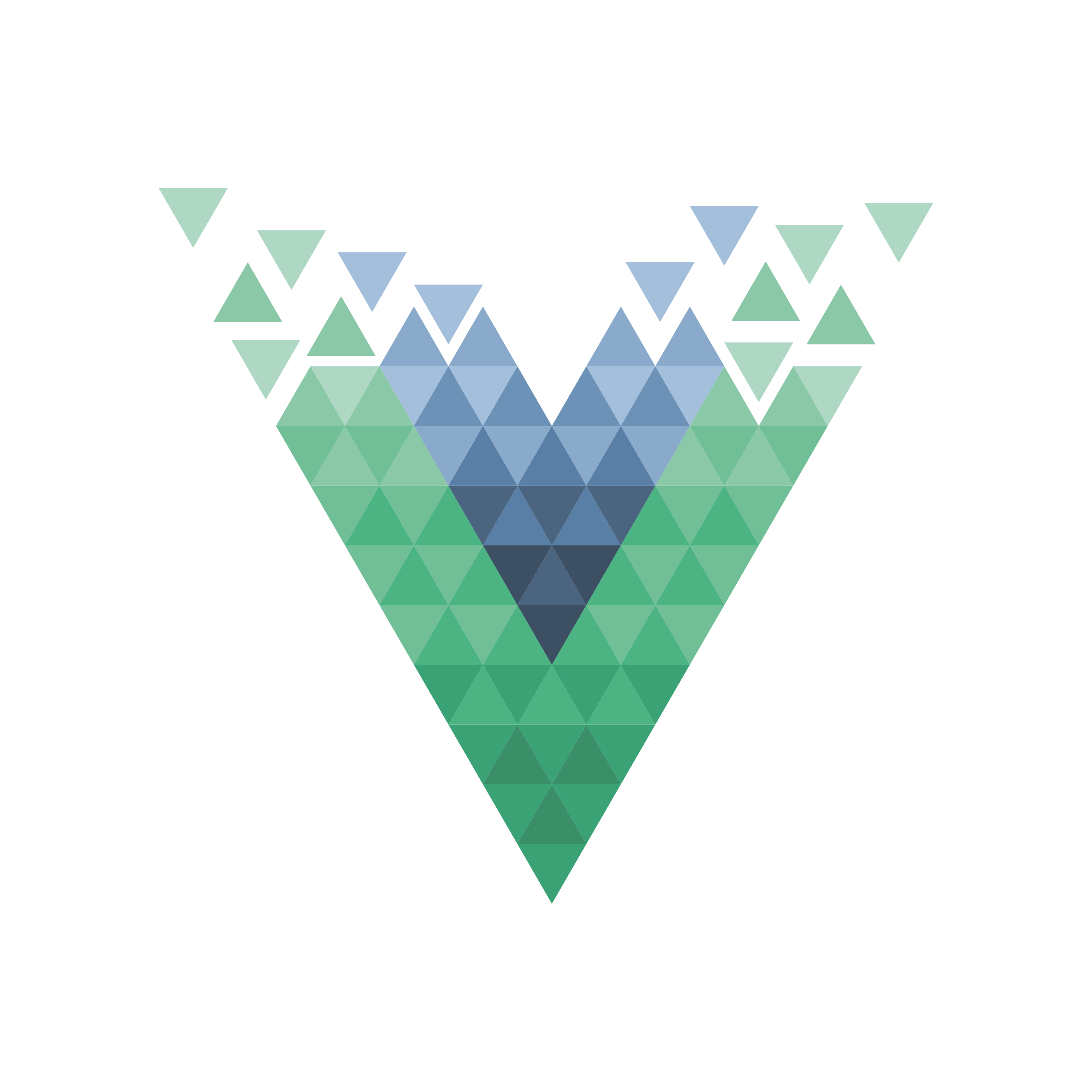- Intro 3D
- Intro WebGL
- ThreeJS
- Why TresJS
- Installation or Stackblitz setup
- Core Basics
- Setting up the Canvas
- Scene
- Camera
- Adding an object
- Geometries
- Arguments
- Props
- Slots
- The Loop
- UseRenderLoop composable
- Before and After rendering callbacks
- Basic Animations
- Materials
- Basic Material
- Normal Material
- Toon Material
- Lambert Material
- Standard and Physical Material
- Metalness, roughness
- Lights
- AmbientLight
- DirectionalLight
- PointLights
- Shadows
- Textures
- Loading textures with useTextures
- Tips and tricks
- Misc
- Orbit Controls
- Loading models with Cientos
- Debugging your scene
- Performance













Comments